Permaculture is a well-designed garden or landscape where you see the harmony between nature and available resources. In permaculture, we adopt different techniques and principles from ecology, agriculture, and technology.
It is a design for creating a sustainable living system. From permaculture, we can learn how to simplify our life and lead a happy lifestyle.
The word permaculture is a contraction of two words
Permanent + Agriculture.
The principles of permaculture allow us to create a place for your plants to thrive for generations to come.
Bill Mollison is known as the “father of permaculture”. According to him
“ Permaculture is a philosophy of working with, rather than against nature; of protected and thoughtful observation rather than protected and thoughtless labor; and of looking at plants and animals in all their functions, rather than treating any area as a single product system”.
Principles Of Permaculture
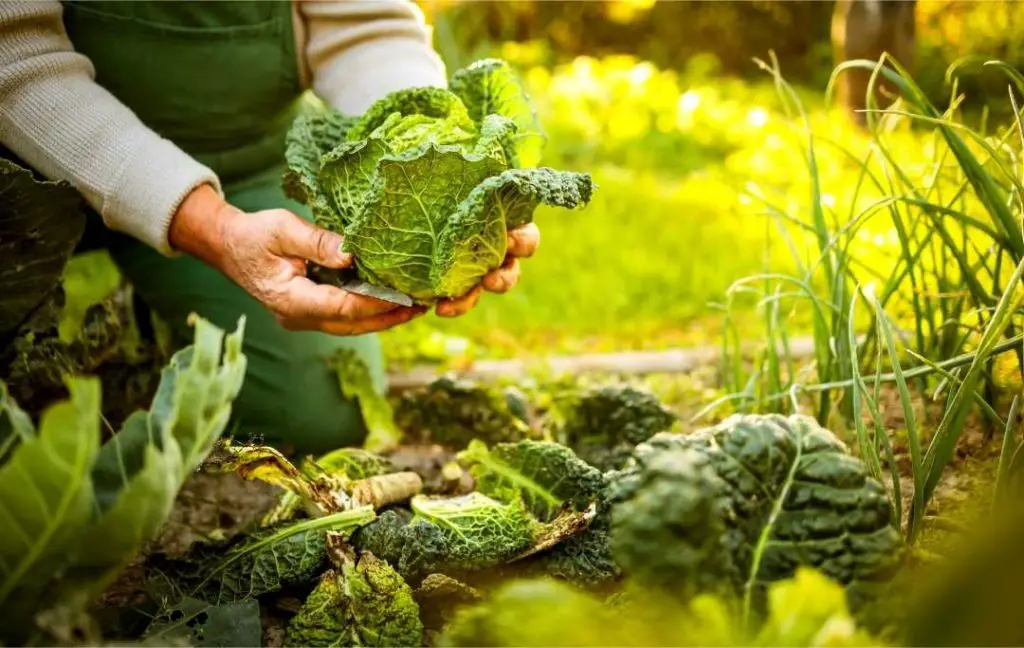
Permaculture can lead us to an ethical and sustainable way of life. To understand this we will have to take a look at a list of principles put forward by David Holmgren. The following principles are related to permaculture which can guide us in all parts of our lives.
- Our observation is very important in moving towards a more ethical way of life. Nature and other people teach us an ethical approach.
- The second principle is to store energy. You should learn how to catch and store energy.
- You can obtain yield by adopting simple garden techniques but non-tangible production gives you happiness.
- You should analyze and evaluate and decide where you have succeeded and where you have gone wrong. It is very important to create real and long-lasting change in your life.
- We can use the power of the sun, wind, and water to grow food for ourselves. In this way, you should make full use of renewable sources of energy.
- You should follow a zero-waste lifestyle. Reusing and recycling will make our environment clean. We should buy things wisely.
- If you are designing a new vegetable garden then you should think carefully about all areas. Always try to forward in a positive direction.
- A diverse system is very best for plants. This principle not only applies in the garden but also works in the real world.
- You should start your garden journey with a single step. If you have a small area then you can use it for growing. For example, if you have a windowsill then you can create a small Windowsill Garden.
- Different plants and animals create the best ecosystem. Diversity is very important as a great variety of plants and animals are an essential part of a great ecosystem. In the same way, human society functions best when there is a variety of people in it.
10 Best Garden Designs Of Permaculture
In this article, we are going to discuss the 10 best permaculture Garden designs with you. If you are one of those who don’t know about it then this article will help you a lot. The practical application of permaculture is an important point to know.
1- Living Roofs
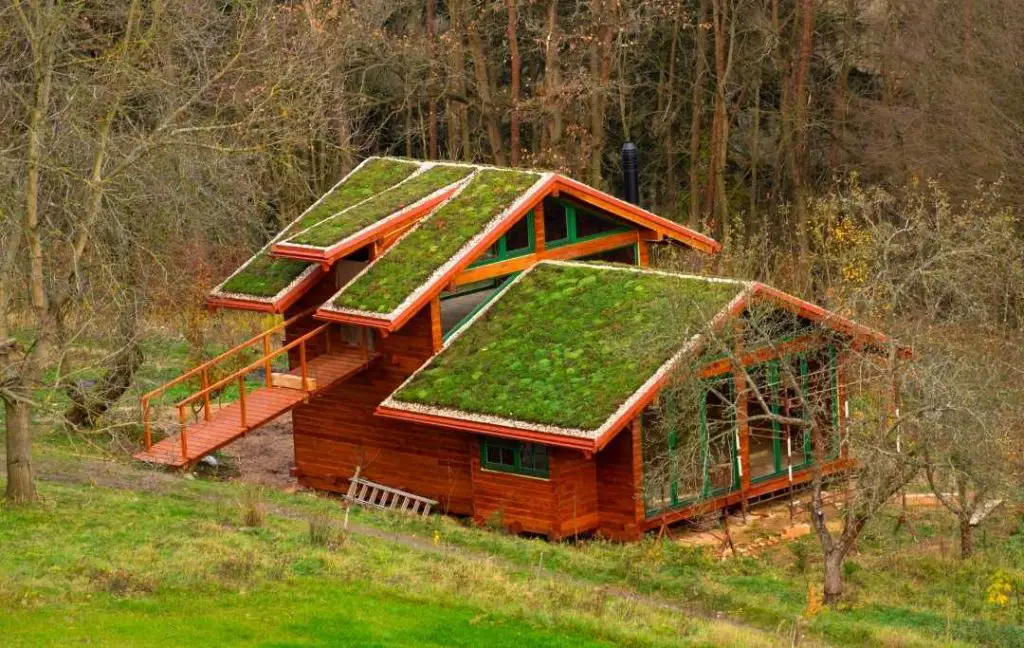
You can make a living roof but it could not be simpler. The roof of your house can be flat or there is a slight pitch for drainage. The rafters should be load-bearing for a small volume of soil.
First, you should cover the roof with old carpet, fix it with battens. After that, fixed the edging board so it can retain the soil. But make one side that can drain.
Now prepare the soil as a growing medium if you have green waste then you can create compost from it. You should mix the soil with the lighter medium, so it will lessen the load on the roof. Choose drought-resistant plants for growing on your roof. Sedum mats also work great for this idea.
2- Edible Balconies
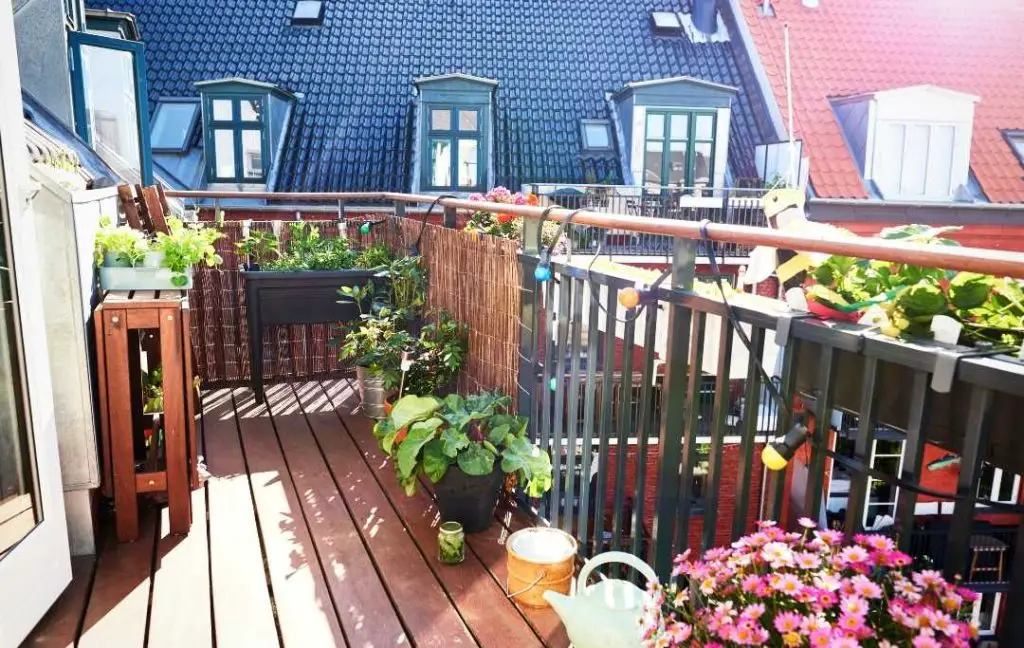
For growing culinary Herbs you can choose window sills but a balcony can be an ideal productive place for growing plants. If your balcony is receiving ample sunlight then you should use it for growing purposes.
You can grow climbing crops by installing trellises. You can use large containers and pots for growing plants but the size of the container and pots depends upon the space you have.
You can set the pots and containers on the walls, floor, and even you can hang them on the ceiling or railings. Now you can grow a variety of edible plants from annual vegetables to juicy fruits.
There are different options available for you. For example, you can grow fig and dwarf varieties of apple trees in a pot or container. Make sure the infrastructure is adequate to support the weight of pots or containers. If your balcony is shady then you can grow garlic and salads.
3- Forest Gardens
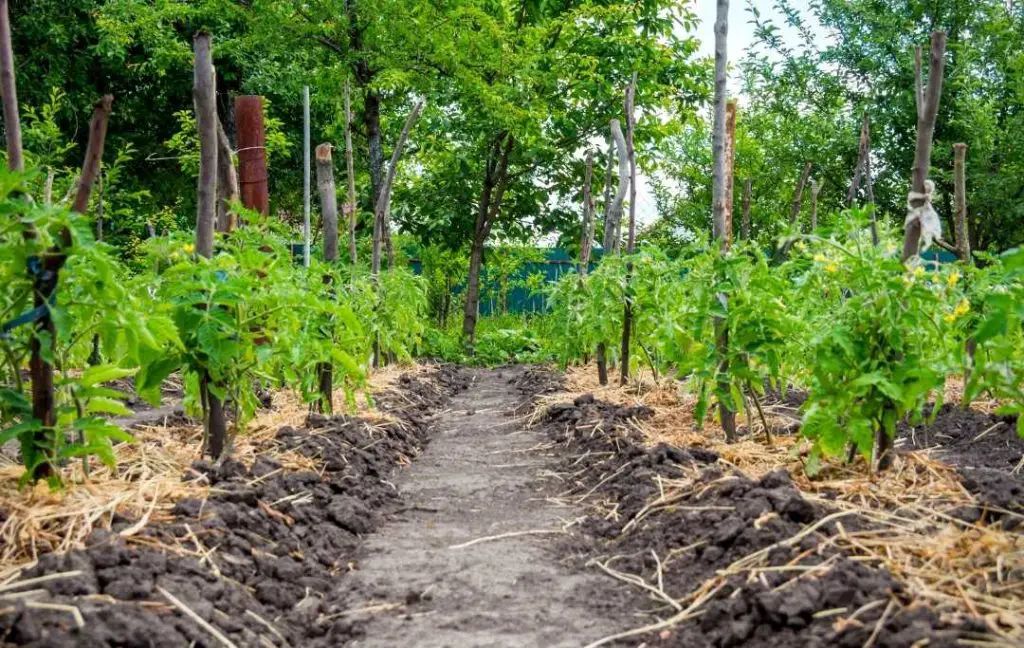
This idea is best for perennial food crops. A Forest Garden is a dream place where you get medicinal plants, vegetables, and fruits. In a forest garden, you will see life everywhere: shrubs, trees, vegetable crops, and animal species.
There is a great combination of tall trees, small trees, herbs, shrubs, and ground covers. Permaculture Forest Garden can look a little busy. Vines grow up on the trees and mushrooms like to grow under the shade of taller trees.
All the layers of the forest stack together. This will create a garden design that is vibrant, productive, and low maintenance. It is a self-maintaining natural ecosystem. Chestnut trees create a tall canopy tree layer.
After that, you will see the apple trees that create the second layer. The next layer contains bushes beneath the apple trees. The grapevine uses trees as trellises while herbs and mushrooms share the shade of tall trees.
4- Community Allotments
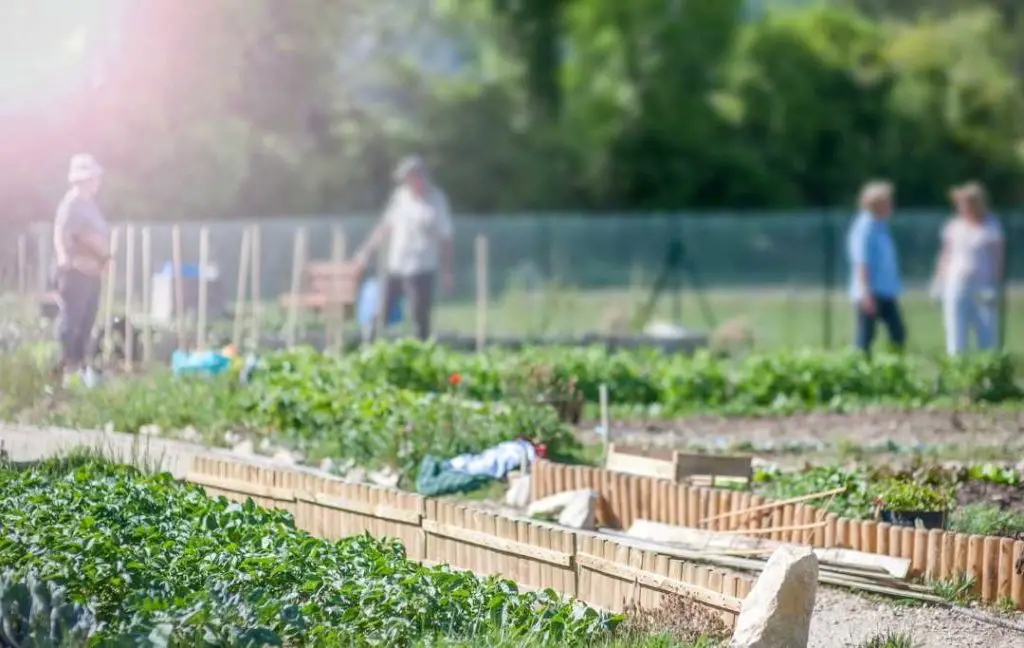
Community allotments are a combination of plots on a site. People share their sites and work together to produce healthy edible plants for themselves.
If you grow food in cities then the transport costs will be cut and people get healthy food to eat. Participants enjoy their work in the company of each other.
The selection of the site is very important because you are going to create a community garden for a long time. The site which you choose receives full sun exposure and gives a good view of your neighborhood. People will see and appreciate your effort.
5- Water Harvesting
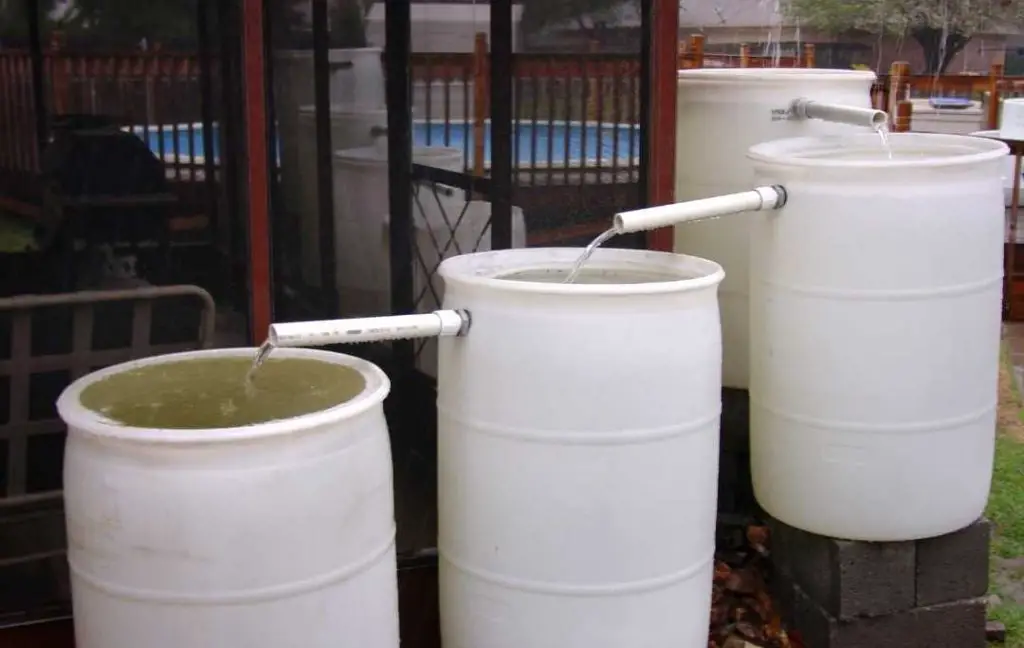
Water harvesting or rainwater harvesting is our technology that collects and stores rainwater. If you are living in an area where water resources are depleting then this is the best possible alternative source of water. You can use many ways of harvesting rainwater.
The simple and easy way is that you can place an 80-liter barrel at the end of a downpipe. When the barrel is full of water the water is diverted back to the drain. If you install a 3500-liter tank underground in your garden then you can collect a large quantity of water. In this way, you will get 90% of rainwater for your plants.
The small communities living in mountain ranges collect rainwater by using different techniques. They use rainwater for both domestic and agricultural purposes.
6- Reusing Tyres
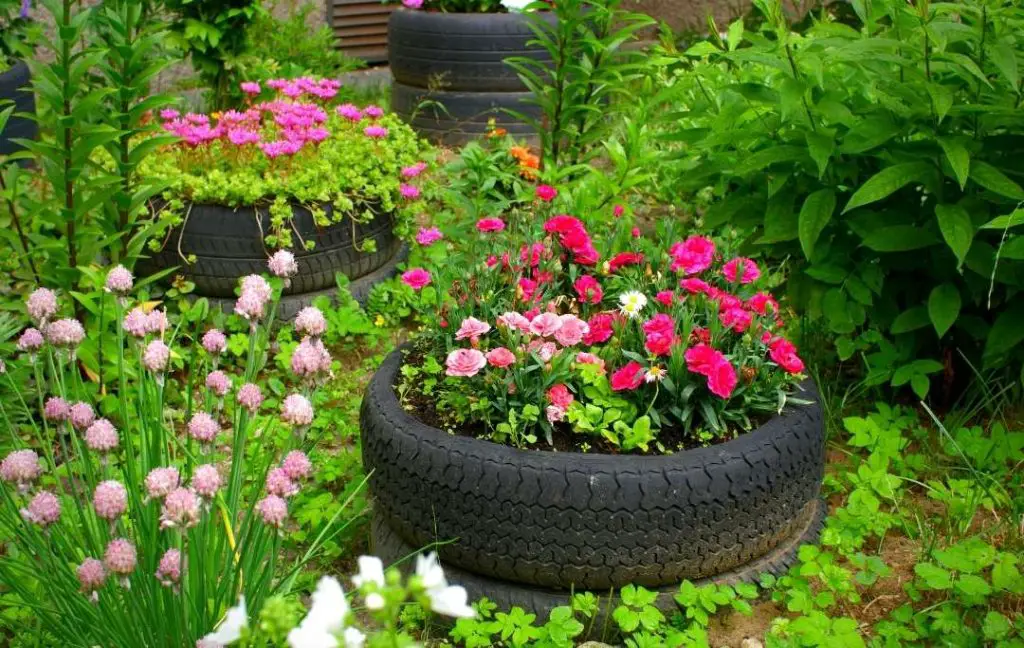
This is an early permaculture idea. You can recycle old tires and use them for creating a pond. First, you should cut the rim of one side of the tire. This will be done with the help of a sharp knife or hacksaw.
Now dig a hole in the ground according to the size of the tire so you can fit it in the ground. The tire should be level in the ground. If you see any stones, rocks or sticks then remove them.
Place a plastic or rubber liner in the hole. After that, lower the tire on the plastic. The uncut wall of the tire should be the downside. Now, this is a time to add water, wrap the liner over the inside of the tire.
You can also use tires for growing purposes. You can use car tires and tractor tires for your useful recycling project. By using your creativity and aesthetics, you can do different DIY projects. At the same time by recycling, you are cleaning your environment.
7- No-dig Mulch Gardens
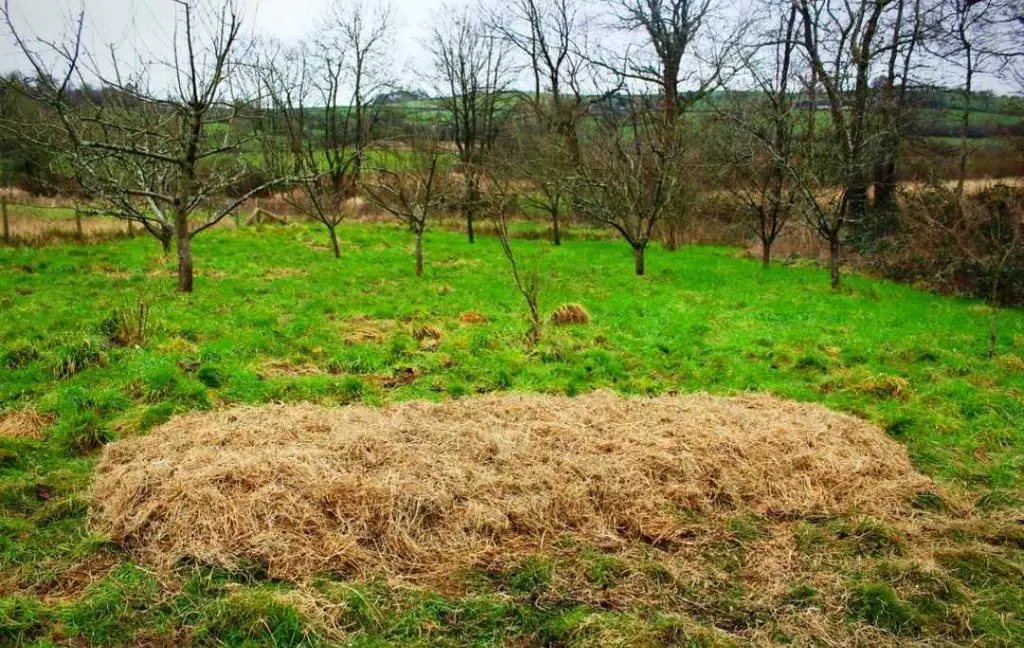
No-dig is a simple idea that brings your garden close to nature. If you want to create a healthy ecosystem in your garden then you should maintain the soil naturally.
The soil must contain a complex web of worms, microorganisms, organic material, and other helpful nutrients. If you dig the soil then it will disturb the ecosystem and reduce fertility.
It is the best way to prevent your plants from weeds and pests. It will also help to retain the moisture within the soil. You can use black plastic, cardboard, newspaper, and straw for mulching.
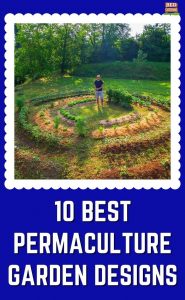
8- Animal Tractors
No need to till the soil when animals are available for doing this. Chickens naturally scratch up the soil. They also eat disturb pests and small weeds. Their manure also provides nutrients to the soil which is very helpful in the growth of your healthy plants.
When chickens have done their work then the soil is read ready for planting. If we follow permaculture tradition then we can control weeds and pests and at the same time fertilize the soil with the help of animals.
Chicken tractors are a very effective way of increasing the fertility of the soil. You can create an elegant design of permaculture with this idea.
9- Chicken Greenhouse
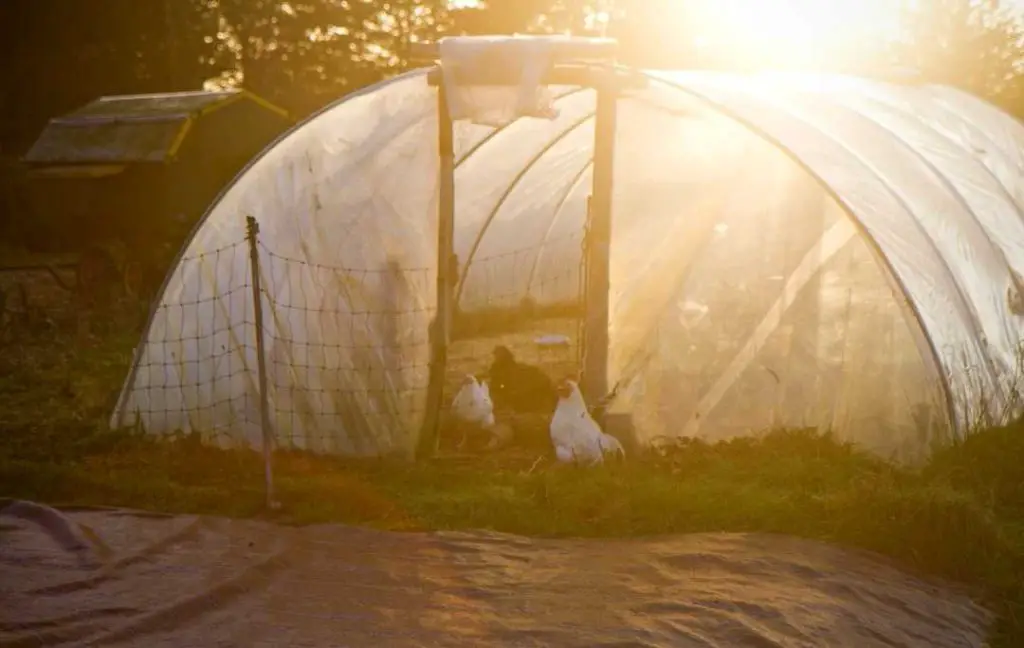
Chickens are very useful animals. They not only provide eggs and meat but at the same time, they will eat your vegetable waste and garden weeds. Their manure is very rich and they can control the population of pests in your garden.
You should create their house on the shady side of the greenhouse. In this way, you can use their carbon dioxide and heat for your plants. You can increase the yield of your garden after designing this permaculture design.
10- Swales
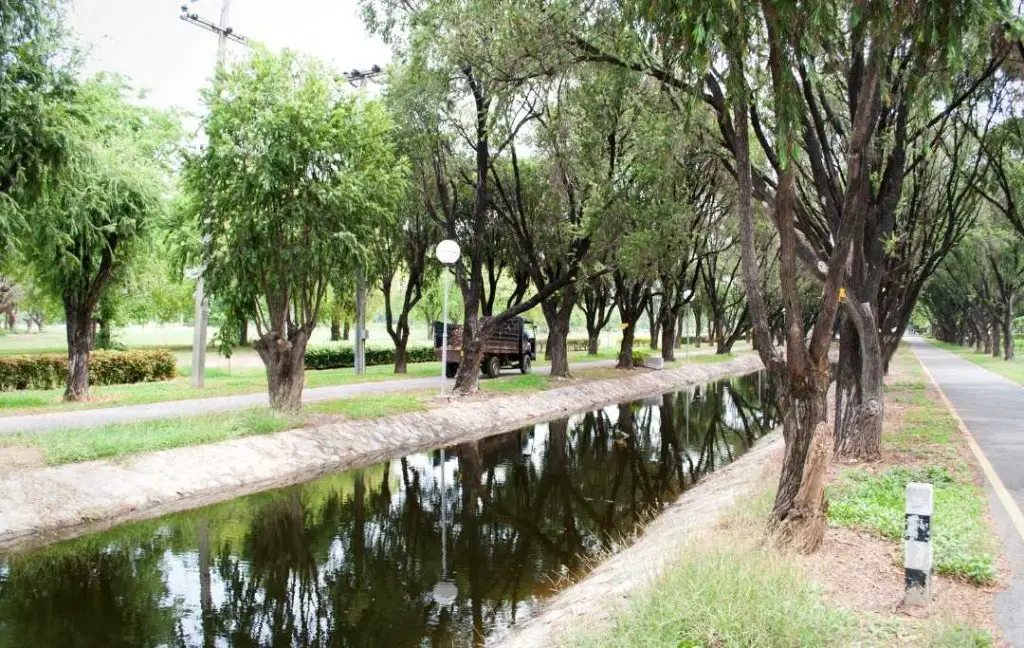
Swales are shallow, broad, and vegetated channels that are designed to store water. A swale is a small ditch that can hold water. It allows water to penetrate the soil of your garden.
This will help to slow down or even stop the water from running. This also protects the process of soil erosion. There are many advantages of swales. The first one is that it can easily be incorporated into your landscaping.
It is the best way to remove urban pollutants. It makes possible the planting of thousands of trees and provides food for inhabitants.
